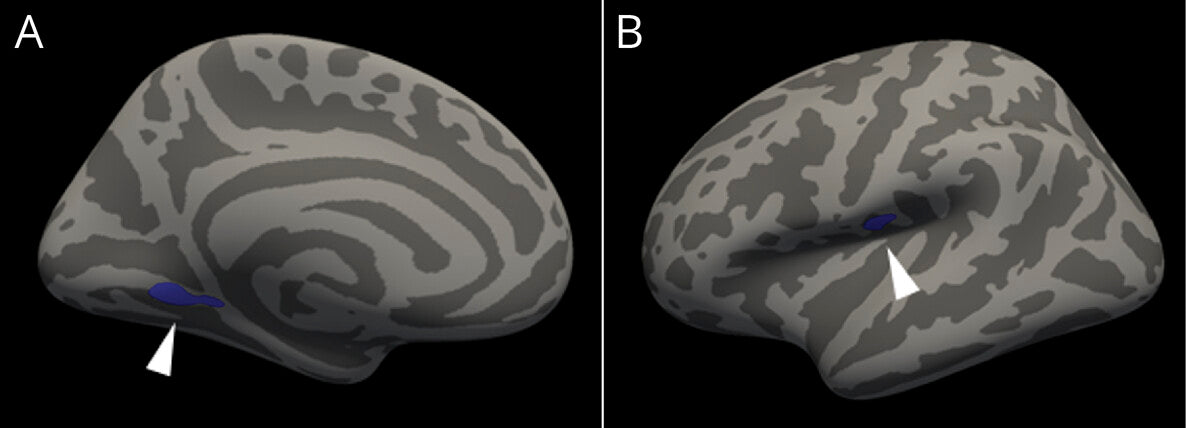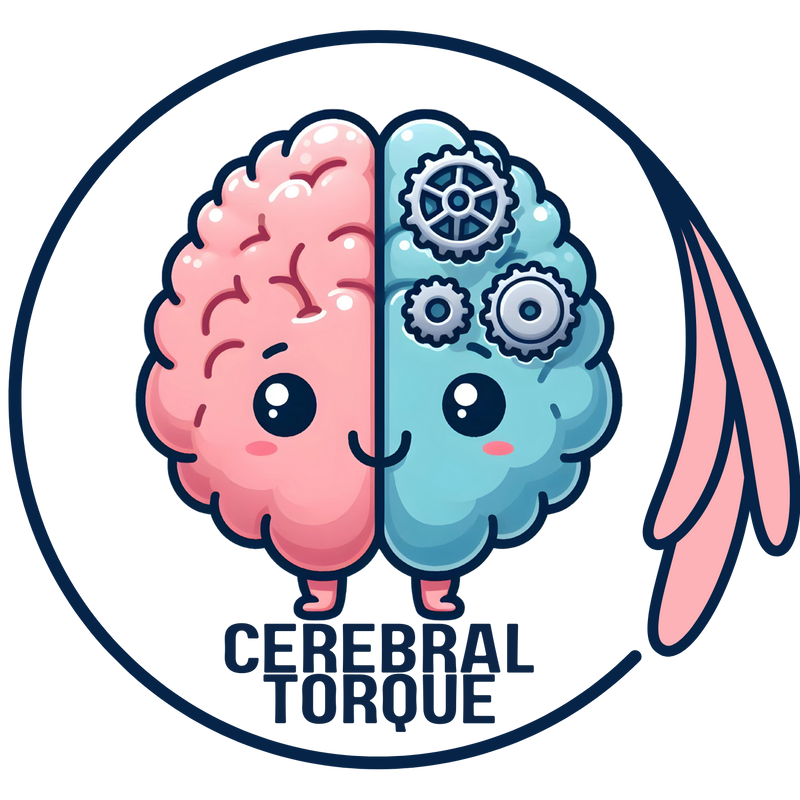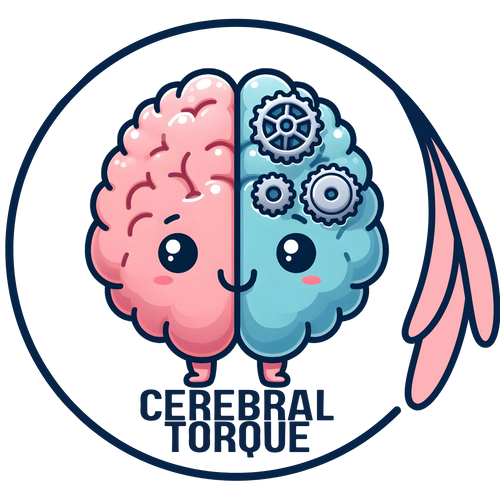MRI Study Reveals Brain Differences in Patients with Migraine, Offering Hope for Better Diagnostics and Treatment
Posted on April 18 2024,

A recent study published in the journal Neurology has found interesting observations on the brain structure of people with migraine. The study compared MRI scans of 296 migraine patients to 155 healthy controls, analyzing cortical surface area, thickness, and volume.
The researchers found that migraine patients, especially those with chronic migraine, had reduced cortical surface area in the left anterior insula, a region involved in pain processing. They also discovered increased surface area in the right caudal anterior cingulate cortex (ACC) in chronic migraine, which correlated with monthly headache frequency. Furthermore, migraine without aura was associated with greater right caudal ACC surface area compared to controls.
No significant differences in cortical thickness or volume were found between migraine and control groups.
The study's findings have important implications for people with migraine. The distinct brain signatures observed in different migraine subtypes suggest that personalized diagnostics and therapies may be possible in the future.
The association between medication overuse/adaptation headache and brain structure changes also highlights the need for effective preventive treatments.
Finally, this is also further evidence that migraine is not “just in your head” as some therapy people we recently talked about like to claim. It is not fear-based, but real, anatomical, and functional changes occurring in the nervous system, including the brain.
Fri, Dec 26, 25
Why Migraine and Jaw Pain Go Together: New Research (2025) Explains the Link
A 2025 systematic review of over 10,000 patients confirms a strong bidirectional link between migraine and temporomandibular disorders. People with migraine are 6 times more likely to develop TMD, while...
Read MoreSat, Dec 20, 25
Eptinezumab (Vyepti) Desensitization Protocol
First-ever eptinezumab (Vyepti) desensitization protocol for migraine patients with hypersensitivity reactions. 10-step hospital-based approach proven safe and effective.
Read MoreWed, Dec 17, 25
Migraine Management During Pregnancy, Breastfeeding, and Pregnancy Planning
This guide provides comprehensive, evidence-based recommendations for migraine management throughout the reproductive journey.
Read More


